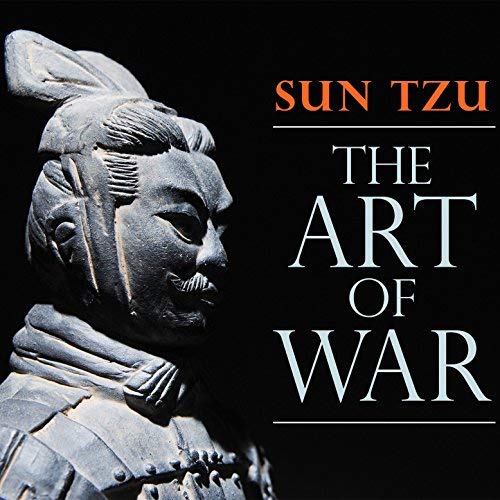The term strategy has historically been used in military context . The use of strategy and strategic management in the management science is recent however. In the military conflicts the concept implied that the wars would be started by strategists after rational calculations apropos the end results. Strategy also implies that the desired end results and the means adopted to achieve them should be calculated and evaluated beforehand . The goals and the methods used to achieve the goals need to be clear to everyone involved in the mission. Henry (2011) quotes Tzu to emphasize those wars is half won in deliberations done the headquarters before going to the battle. In term of the modern management concepts, competitive advantage is the end that can be associated to the use of strategy. Every organization has a need to outdo the rival organizations in meeting consumer’s needs and this is the concept of competitive advantage. An organization’s competitive advantage is its edge on the other similar organizations. One key aspect that differentiates the business concept of strategy from the military concept is the possibility of cooperation and collaboration with apparent business rivals to achieve the end results. To summarize, the two major roles of business strategy can be utilizing the inner strengths to exploit opportunities and to minimize the threats that might come from the external environment (Kay, 1993). According to Henry (2011), strategy can be managed by following a process consisting of analysis. Formulation and implementation feedback loops. Three basic types of strategies followed by organizations in general are functional strategy, business strategy, and corporate strategy. Corporate strategy takes a holistic view of the corporation’s overall strategy; the business strategy focuses on the competitive advantage in a specific environment, the functional strategy focuses on a particular business function area in the corporation like human resource management or finance.
There are two different schools of thought with regard to the strategy formulation, i.e. the design school and the learning school. The design school focuses on the rational analysis of the strengths, weaknesses, threats, opportunities and internal and external environments whereas the Learning School stresses that the realized strategy actually followed by the organization is shaped by the real life situations that force the experienced managers to apply their knowledge to adapt to the changing situations for achievement of the organization’s goals

The classical top- down model of strategic human resource management assumes that the strategic decisions are made on the top and trickle down to the lower tiers. The alternate approach propagated by Quin & Mitzberg (1988) propounds that strategic decision making is a two way process which needs feedback from the environment the outcomes of the earlier decisions to correct and rectify the decisions for future implementation. In this model the strategies evolve in increments rather than a waterfall manner and feedback from the results of previous decisions and environmental impact is used to fine tune and calibrate the future strategy. In the real life model there needs to be a mix of deliberate and emergent strategies to overcome real world obstacles. Thus a blend of control and learning can help in achieving this balance. According to Porter (1985) the competitive advantage can be gained by using a mix of three strategic options, i.e. innovation and enhancement, quality improvement and cost minimization. The competitor organizations can be classified by using the Snow and Miles classification which classifies organizations into four main types. Defenders are the representatives of status quo and their emphasis is safeguarding and maximizing returns from the existing operations by intensifying attention on few key areas. The reactors react to the external environment and adopt short term measures to cope with the immediate threats and opportunities. The prospectors view the strategic options from their own view point and want to lead the completion instead of being concerned with it. These organizations are usually the innovation leaders. Analyzers are a mix of defenders and prospectors and act as defenders for some business areas and prospectors for other business areas. Ayesha believes that understanding the core concepts of strategy and strategic management are prerequisite for understanding and formulating real life business strategies.
- Bamford, C. E. & West, G. P. 2010, Strategic Management, Cengage Learning.
- Henry, A. E. 2011, Understanding strategic management, Online resource center.
- Kenney, G. 2005, Strategic planning and performance management, Elsevier.
- Miles, R. E. & Snow, C. C. 2003, Organizational strategy, structure, and process, Stanford University Press.
- Mintzberg, H. 1988, ‘Opening up the definition of strategy’, Quinn, JB, Mintzberg, H., James, RM, The Strategy Process, Englewood Cliffs, NJ: Prentice-Hall, pp. 13-20.
- Porter, M. E. 1996, What is Strategy?, Harvard Business School Press
- Tzu, S. 2007, The Art of War, Wilder Publications, Limited
.
